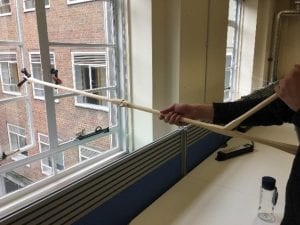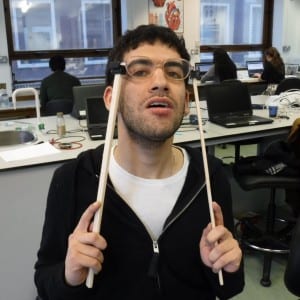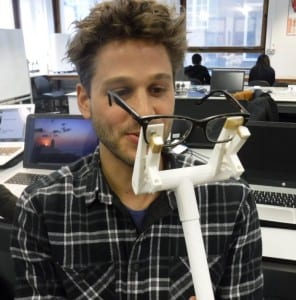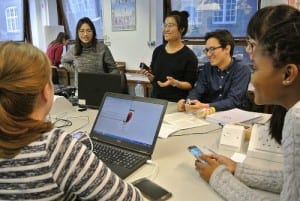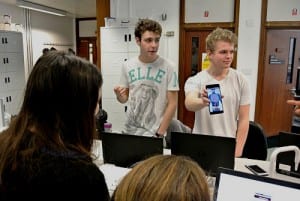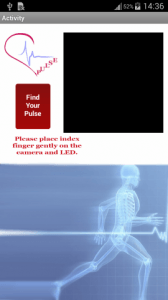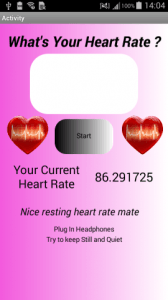By Jenny Griffiths
We made an unusual homework demand on our second year Biomedical Engineers over the Christmas vacation: they had to watch TV.
The students were asked to use UCL’s subscription to Box of Broadcasts to watch episodes of BBC’s Dragon’s Den in order to prepare for their first week back when they would be asked to spend a few days applying knowledge and understanding of enterprise, ethics, and regulations to medical devices.
On the first day of term, groups of students were each given a UCL Biomedical Engineering invention and told that they were to present a written portfolio and give a pitch to a panel of expert ‘Dragons’ on Friday afternoon. They then went off, made contact with the UCL inventors of the devices, and with the help of a Teaching Assistant with a background in Medical Device Innovation, researched:
- the devices’ capabilities
- the market for the invention
- routes to that market
- ethical implications and requirements
- medical device regulations for the device
All this information – key to bringing an engineering concept from lab to public use – needed to be at their fingertips for the Friday presentations.
The full assignment marks for the work were split between the presentation, a written group portfolio and individual contributions to the team. We also upped the competitive element by awarding a prize for the best pitch, judged entirely subjectively by the Dragons and unlinked to any summative assessment marks.

This year’s devices were an optical ultrasound transcatheter imaging system (Dr Adrien Desjardins), a percutaneous heart valve delivery system (Dr Gaetano Burriesci) and SenseWheel – a force sensing wheelchair wheel to measure biomechanics (Dr Catherine Holloway).
On Friday afternoon, each group had five minutes to present their device to a panel of experts consisting of:
- an academic medical devices expert
- a Royal Academy of Engineering Enterprise Fellow
- an academic who has commercialised a medical device through a spin-out
- an external marketing and communications expert with no expert medical device knowledge.
The presentations were held in the appropriately intimidating Executive Education Suite, where the panel sat in high backed chairs and asked probing questions after each presentation. The students responded professionally and gave excellent pitches, selling devices that they had not know about just five days before!
Our highly sought after prize of copies of Eric Ries’ ‘The Lean Start up’ and (chocolate) money was won by team SenseWheel.
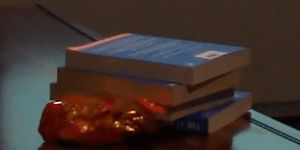
In future years we aim to encourage more external Dragons to take part and will link the prize giving to an industrial careers and networking event for the students. If you are an employer who would like to be a part of this fun and valuable event, the department would love to hear from you.
 Close
Close



